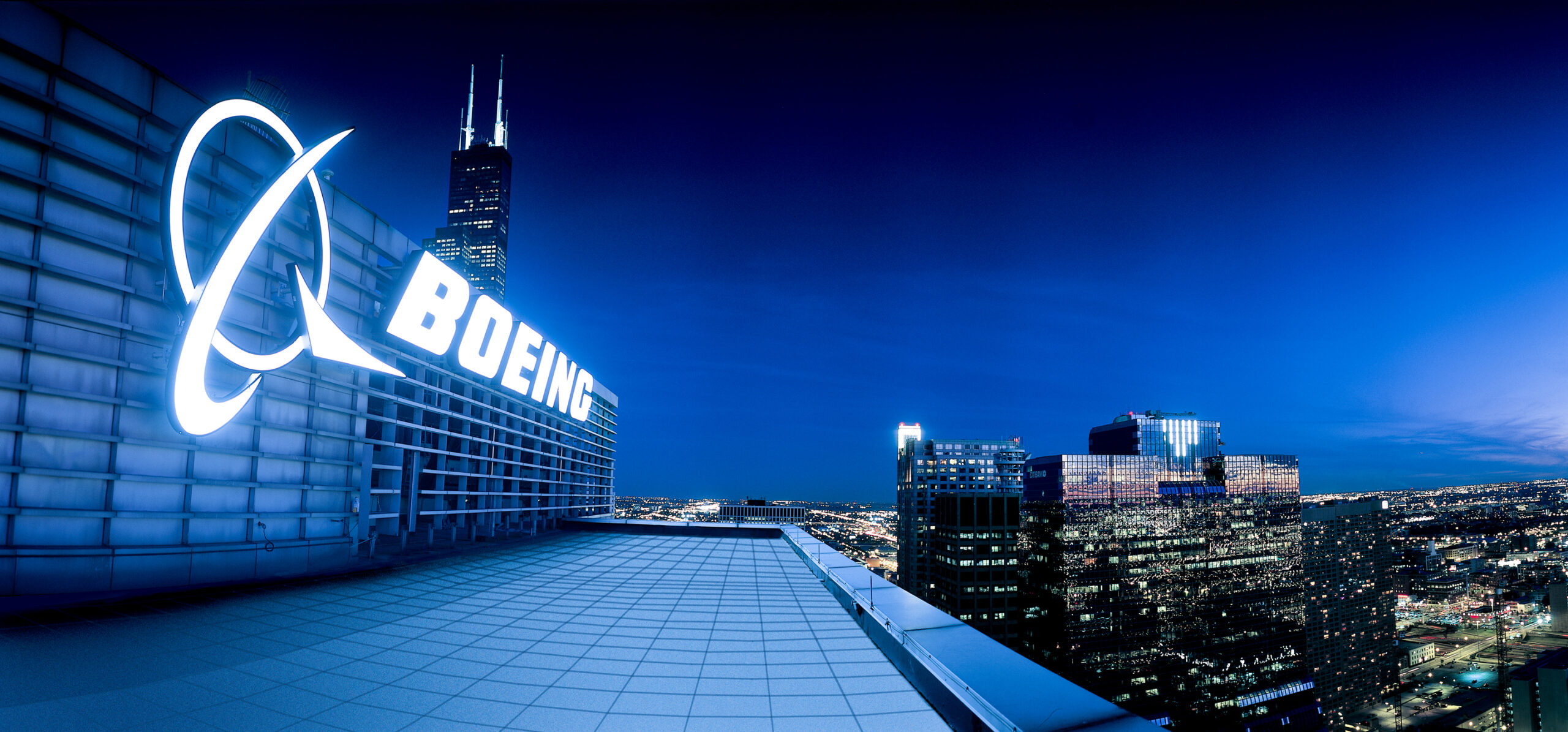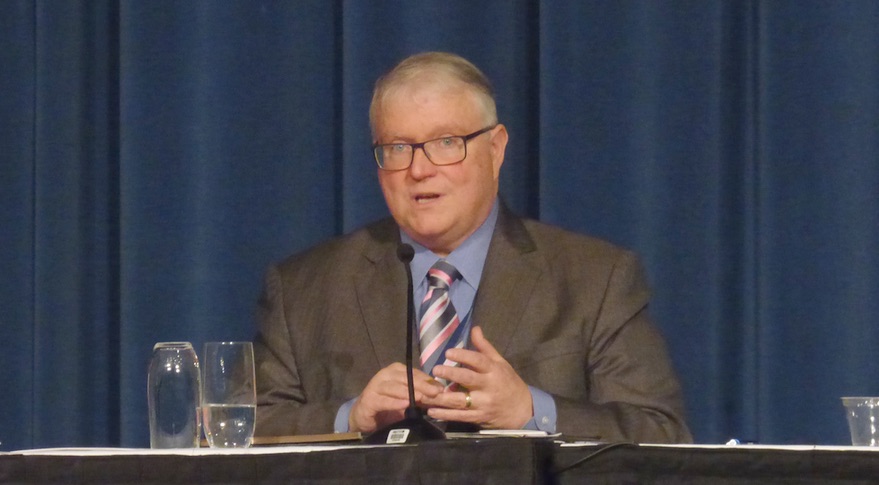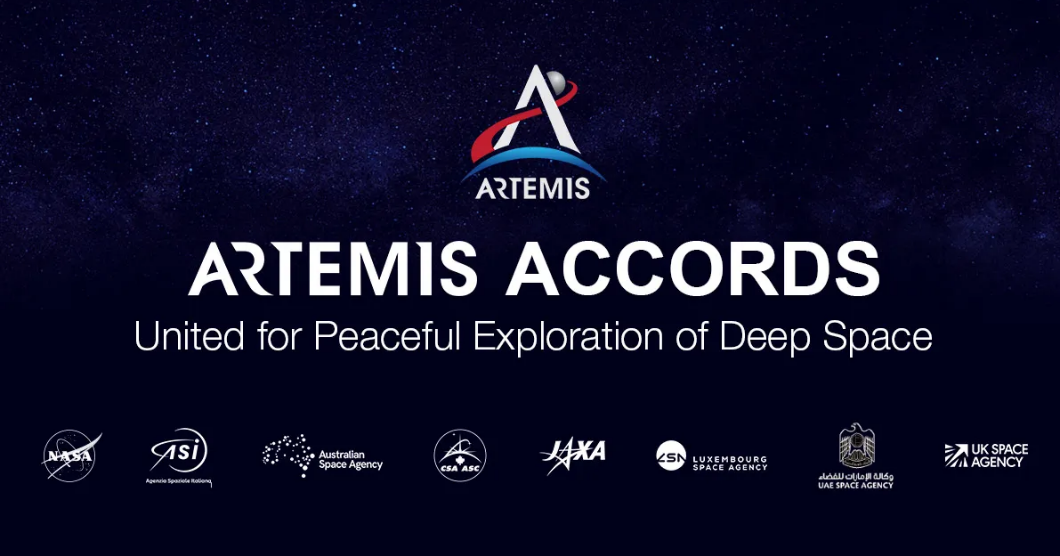Moving space into the cloud: Q&A with Microsoft Azure Global’s Tom Keane
Tom Keane, corporate vice president for Microsoft Azure Global, speaks with SpaceNews about adopting satellite communications, supporting Earth observation and establishing partnerships. SpaceNews
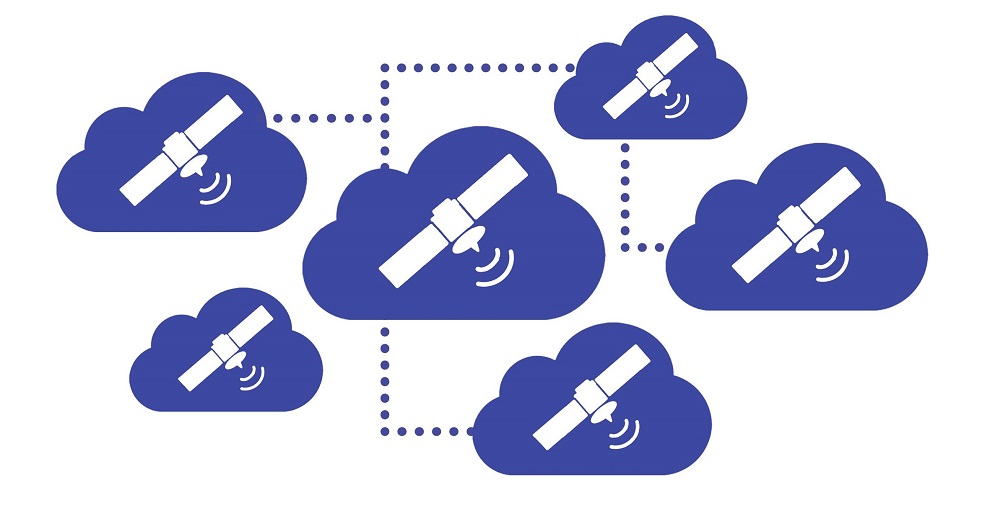
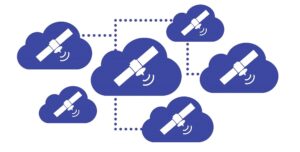
Microsoft is staking its claim on the space sector.
In the last year alone, the tech giant unveiled Azure Orbital, a service to move data from satellites into the cloud, and mobile cloud computing data centers for SpaceX’s Starlink constellation in low Earth orbit (LEO) and SES’ O3b medium Earth orbit (MEO) constellations.

SpaceX also named Microsoft as a subcontractor on a $149 million contract to build missile-detection satellites for the Pentagon’s Space Development Agency, without disclosing the tech giant’s role.
Leading Microsoft into the sector is Tom Keane, corporate vice president for Microsoft Azure Global. Keane, who joined Microsoft in 2001, moved into his current role in 2018. He heads the global engineering staff focused on Microsoft’s Azure cloud computing platform “to enable adoption by every country, every industry, and every customer in the world,” according to his LinkedIn profile.
Why is Microsoft interested in the space sector?
We see a set of challenges that our customers are facing where space can help. One of those is the massive amounts of data that space is generating in scenarios like Earth observation.
We’ve been developing a set of cloud services that extend connectivity across the world. That’s the work that we’ve done with people like SpaceX and SES.
We’ve developed technology called Azure Orbital Emulator to simulate digital space environments. And we have capabilities for Earth observation scenarios to discover new insights with satellite data.
How did Microsoft determine the space sector was ready to adopt cloud services?
First of all, you need a thriving ecosystem. Microsoft is not putting satellites on orbit, but we’re partnering with dozens of customers and partners who are. We think that there are people who do Earth observation really well. What we’re observing is when you combine the technology that existing players have with the technology that we have as a cloud provider, you can do some pretty amazing things.
For example?
Look at the work that we did with Thales Alenia’s Deeper Vision technology. Deeper Vision takes Earth-observation images and finds points of relevance in them.
When you bring that analytic capability to the ground station, you can do things at orders of magnitude faster than was possible before. You eliminate some of the constraints that have historically existed and open up a broad range of different scenarios.
Space applies equally to gaming. When you look at a person sitting in their home that wants to be using online gaming or online media and entertainment, the fiber routes that they need to traverse from their home to a cloud data center somewhere may be orders of magnitude longer than it is to go up to LEO and come back down again.
We’ve been doing some experiments here at Microsoft to see: is it faster to use our Xbox cloud over LEO, than it is over traditional fiber? There are parts of the world, even parts of the United States, where we’re seeing some amazing discoveries.
The work that we do of course ties in with government and defense. But it also ties in with media and entertainment. It ties in with productivity and our Microsoft 365 cloud. It ties in with financial services customers that want deeper intelligence. It ties in with agriculture, food, energy and exploration. There is not a single industry that doesn’t have some relationship or seek some value from the space work that we’re doing.
Are you using satellite communications to link customers?
Yes. At Microsoft, we talk about intelligent cloud and intelligent edge. Obviously, the cloud part is a big data center. The edge could be anywhere on the planet. When we look at our customers that work in remote locations, the LEO or MEO connectivity is a great example of where you can connect the edge into the cloud and do things that you previously couldn’t do.
At the same time, you’re bringing cloud services to the space industry to help organizations handle geospatial data. Do you think cloud services help space companies form?
Cloud enables a space ecosystem that is dramatically larger than the traditional handful of large space providers because they’re not having to build dedicated physical infrastructure. They can register their satellite with Microsoft, request time on our antenna and gather data into the cloud.
The other thing that’s interesting is that Microsoft has one of the world’s largest fiber networks on the ground and under the ocean. You can use our fiber network to move data around the planet at a fraction of what it might cost you as a space provider.
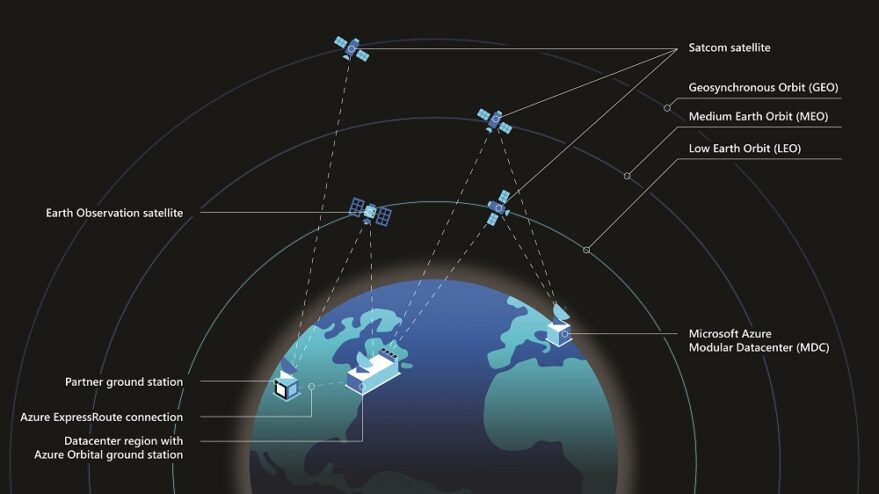
Has Microsoft been a longtime satellite communications customer?
In cloud technology, no. It’s relatively new. As you look at communications, we’ve historically had high-bandwidth, relatively high-cost MEO capabilities. Now that we’ve got 1,200-plus LEO satellites or wherever SpaceX is today, we’ve got viable LEO alternatives. The proliferation of LEO is opening up a whole bunch of things that previously weren’t possible.
What is the Azure Orbital Emulator?
Azure Orbital Emulator is a tool for space developers that allows them to simulate how an application may behave once it’s on orbit. When you build applications today and push them up into the sky, it’s hard to know that it will work as expected. Azure Orbital Emulator allows you to emulate things in our cloud before you put them into space.
There’s more work that we’re doing around data, around augmented intelligence, around predictive analytics, and also a lot more that all of our partners and customers are doing on top of the platform as well.
You have announced a lot of partnerships. Is that how you work in every industry?
We’ve announced a lot of partnerships and we’re going to announce a lot more. In space, how we partner is actually a material differentiator for Microsoft. Partners give us a much more comprehensive offering. We, of course, have always partnered, but we’re probably partnering even more in space than we do in other industries. It allows us to differentiate versus being tied to one constellation or to one vendor.
Anything else that you wanted to say?
Obviously, we’re newer to the space industry. By working with our customers, by listening to them and responding to their needs, we’re doing some pretty cool things.
We’re deeply focused on integrating our cloud with the ecosystem. We’re multi-orbit, multi-band, multi-vendor. Azure Space is something that we’re going to be talking a lot more about.
This article originally appeared in the June 2021 issue of SpaceNews magazine.






















